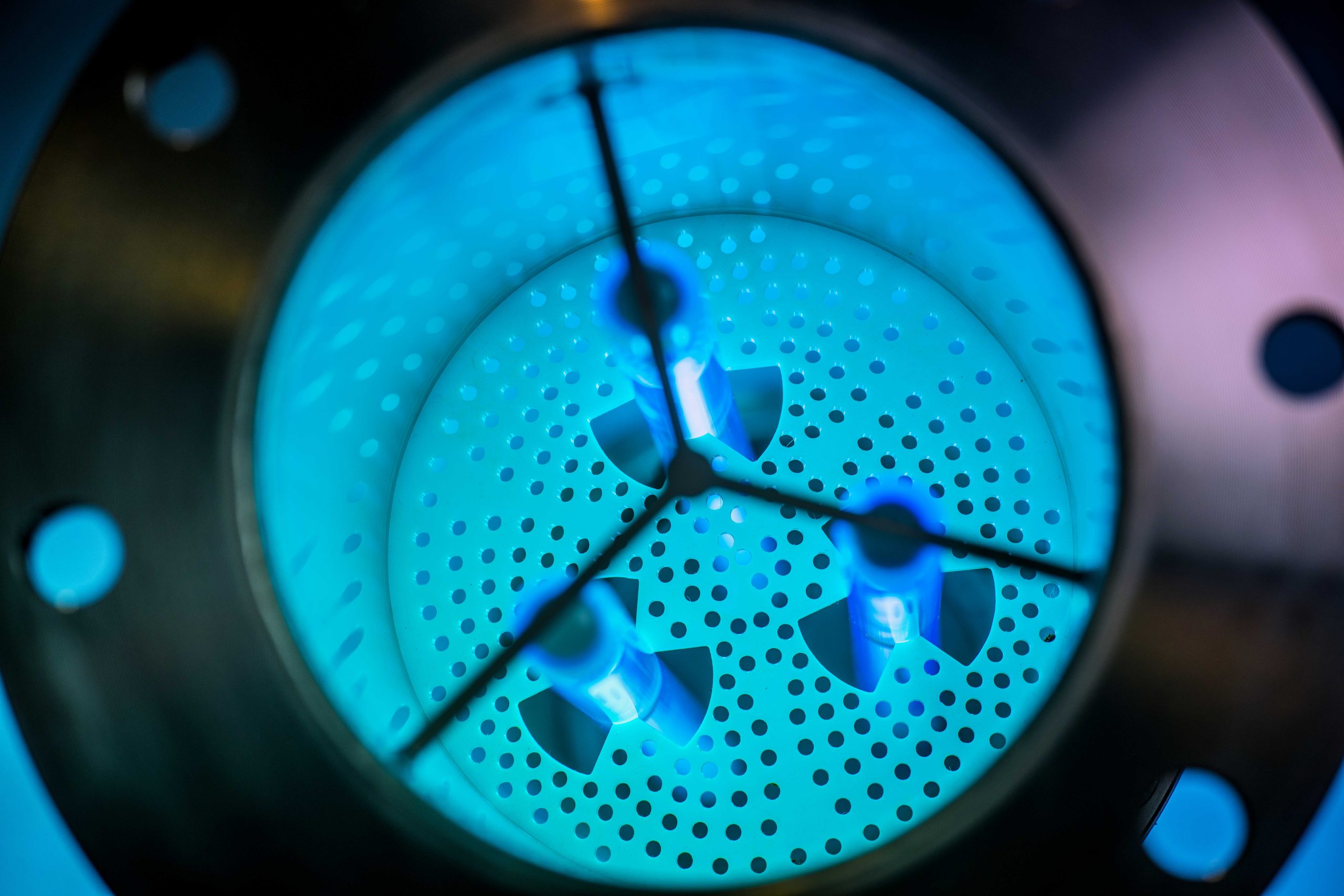Healthcare institutions, nursing homes, and administrators of apartment complexes are widely heating their hot water systems to 60 or 65 degrees to prevent legionella contamination. However, there is a better alternative. Through careful water management and the assistance of validated UV systems, they can reduce the temperature to 50 degrees without any risks. And this saves a significant amount of energy and money.
Heating: a familiar solution
Organizations obligated to prevent legionella have been using temperature control for years. In this method, the hot water is continuously heated to 60 or 65 degrees, ensuring that the legionella bacteria cannot thrive in the pipelines. It’s a familiar solution that has worked excellently for years. However, the world is changing. Growing climate concerns and rising energy prices compel us to critically examine our energy consumption. The practice of heating water temperature in these commercial buildings, along with the continuous gas consumption, is no longer desirable. Fortunately, there is a much more sustainable (and affordable) alternative.
UV system
That alternative is the use of validated UV disinfection systems in collective water supplies. In this method, the incoming water flows through reactors with low-pressure UV-C lamps at a predetermined maximum capacity. UV disinfection does not involve the use of chemicals or any other additives to the water. The UV light breaks down present microbiological contaminants, including legionella bacteria. By utilizing a dual UV system, where two reactors alternate with each other, there are additional benefits: firstly, it consistently delivers safe water, even when one of the reactors is undergoing maintenance. Additionally, this alternation reduces the strain on the reactors, leading to the system requiring maintenance only once every four years.
Save on energy, maintenance and costs
With a UV system, heating to 60 degrees or higher is no longer necessary. The system is equally effective at lower temperatures. As a result, healthcare institutions, municipalities, or other building managers can reduce the temperature to 50 degrees and achieve significant energy savings. This is beneficial for both the environment and your wallet. Additionally, low-pressure UV systems are so energy-efficient and robust that they keep your electricity costs minimal and reduce maintenance expenses. As a result, these systems pay for themselves in just a few years. And the higher the energy prices, the greater the advantage of using UV technology.
Want to know more?
Are you looking for clever ways to save on energy costs and reduce your CO2 emissions? Discover what a UV disinfection system could mean for your organization. Our experts would be delighted to provide you with more information about the possibilities and (financial) benefits. Get in touch with Jan Willem Meisen from Van Remmen UV Technology at jwm@vanremmen.nl or 0570-521890.
